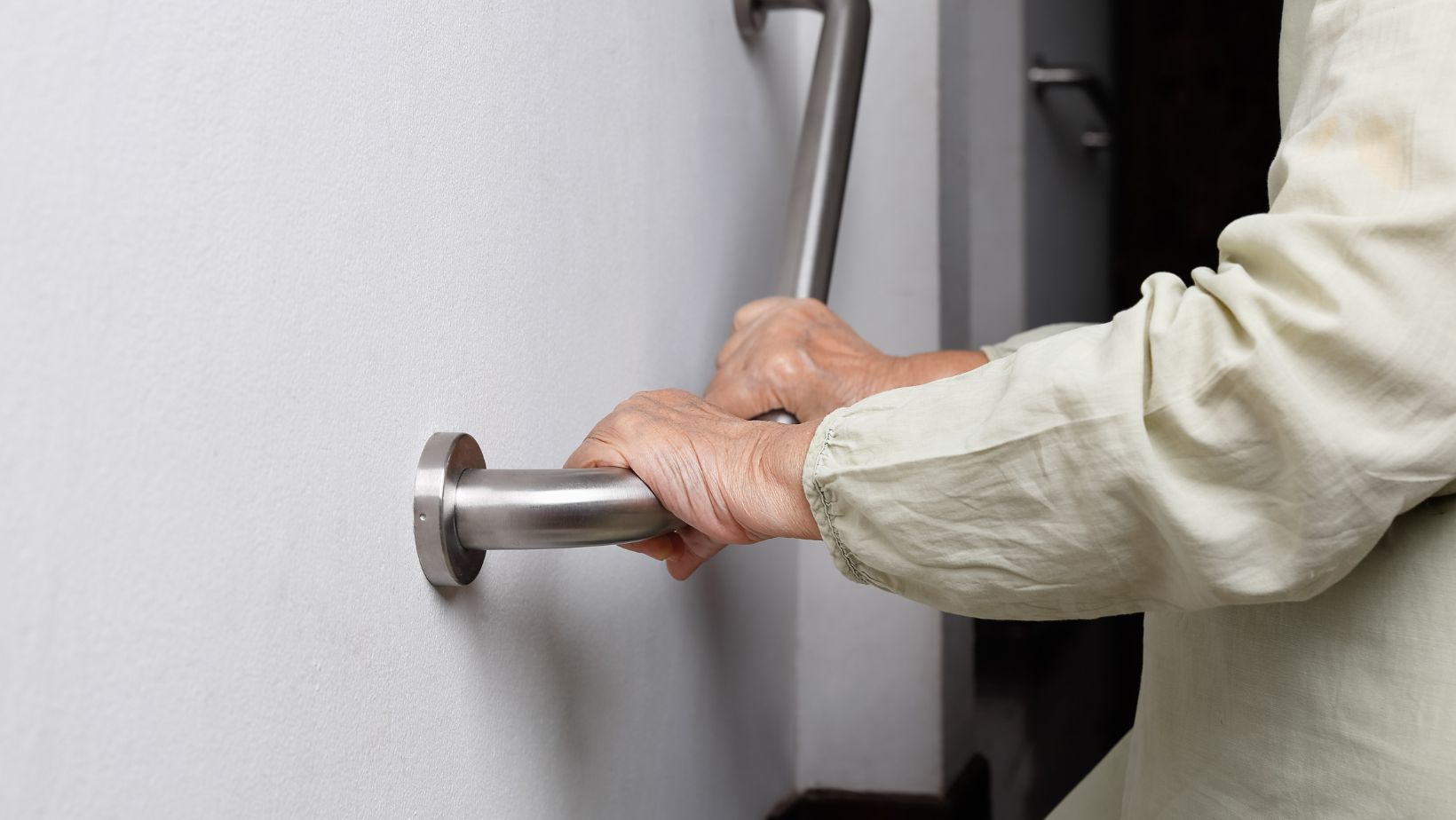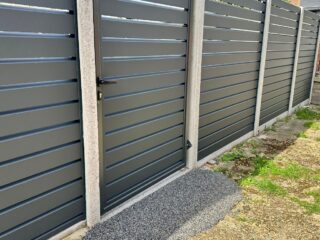
Choosing the right stair handrails for schools, hospitals, and other public spaces helps keep students, patients, and visitors safe. The best handrails are easy to grip, simple to clean, and meet safety standards, making them practical for high-traffic areas. Picking a suitable pipe stair handrail can also make installation easier and create a clean, modern look.
Public spaces like schools and hospitals need handrails that are strong and last over time. A good option is picking from a selection of stair railings that are designed for both indoor and outdoor use, supporting different styles and sizes to fit any building. These choices offer durability and a simple way to meet a range of needs, while also handling the wear and tear from daily use.
The right-hand rail style not only supports people as they move around, but also helps the space feel inviting and organized. This approach keeps safety high, while matching the design of the building.
Key Factors in Choosing Stair Handrails for Public Facilities
Choosing stair handrails for public facilities involves meeting safety standards, practical use, and design preferences. It is important to select products that match the building’s needs and serve all users, including those with disabilities.
Compliance with Safety Codes and Regulations
Public spaces must meet local safety rules for stair handrails. These codes set the minimum handrail height, spacing from walls, and grip diameter for user safety. Handrails in schools and hospitals often need to be continuous and easy to grasp for children, adults, and people with different needs.
Handrails must resist a certain level of force to avoid coming loose. Some facilities may require extra features, like double handrails or non-slip surfaces, to match safety guidelines. Regular inspections help keep the handrails in good shape and prevent accidents. Following local codes avoids fines and keeps the facility safe.
Material Selection for Durability and Maintenance
Handrails in public spaces are frequently used. Metal, such as stainless steel or aluminum, resists wear and does not rust easily. Wood can create a warm look but might need more care to prevent scratches or splinters.
Some materials stand up better in moist or high-traffic environments. It is smart to think about cleaning needs because public spaces must stay hygienic. Powder-coated finishes or treated surfaces can cut down on fingerprints and help with cleaning. Choosing the right material matters for both how long the handrail will last and how much work is needed to keep it looking good.
Accessibility and Inclusive Design Standards
Handrails help everyone move safely, especially people with physical challenges or vision issues. Handrails must be at the right height for all ages and abilities. In some places, like hospitals, double handrails can give extra help to people who need more support, such as those with walkers or wheelchairs.
Handrail grips must be smooth and easy to hold. There should be enough space between the rails and the wall for a firm grasp. Coloring that stands out helps those with low vision identify the rails quickly. Meeting accessibility rules, such as those set out in the ADA handrail requirements, makes spaces safer for everyone.
Aesthetic Integration with Facility Design
Handrails do more than support—they also add to a facility’s look. The finish, shape, and mounting style should fit the building’s style, whether modern or traditional. In schools, bright colors can make the space cheerful and easy to navigate. In hospitals, clean lines and neutral tones can give a sense of calm and cleanliness.

Designs should match nearby features like walls or flooring for a smooth appearance. Custom options let architects blend safety and style when planning public spaces. Picking handrails that match the design without standing out in a distracting way keeps both safety and appearance balanced.
Practical Considerations for Schools, Hospitals, and Public Spaces
Choosing the right handrails is important because these spaces see a lot of use from many people every day. Handrails need to be strong, comfortable, and fit into different buildings, whether new or old.
Vandal-Resistance and Tamper-Proof Features
In public areas like schools and hospitals, there can be a risk of handrails getting damaged or tampered with. It is helpful to use handrails made from materials like stainless steel or coated metals. These materials are hard to scratch, dent, or break.
Handrails should have hidden or tamper-resistant fasteners. This makes it harder for anyone to loosen or remove them. Seamless designs also stop users from hiding objects or causing damage in the gaps.
Here are some features that help keep handrails secure:
- Hidden brackets and screws
- Strong mounting points fixed into concrete or brick
- Rounded edges to limit splintering or breakage
Regular checks help catch any damage early. This keeps everyone safe and helps avoid costly repairs in the future.
Ergonomics and User Comfort
Handrails must fit well in the hand and help users keep their balance. The diameter of the handrail should be between 1.25 and 2 inches. This size gives most people a firm grip.
The handrail should also be mounted at a height that is comfortable for both children and adults. If many ages use the building, a double rail at two heights works well.
Materials should not feel cold or slippery. Smooth, lightly textured surfaces help reduce slips. Continuous rails with no sharp edges are best to prevent injuries. This helps people with limited mobility or balance issues to move safely.
Installation and Retrofits for Existing Structures
Fitting a new handrail in an existing building may need extra planning. It is important to check the wall strength and the placement of doors, windows, and other obstacles to avoid problems.
For older buildings, custom brackets or rails may be needed to fit non-standard walls. Some handrails come with adjustable brackets, making it easier to line up with uneven surfaces or unique angles.
Retrofitting options can include modular handrail systems. These are easier to install without needing to replace large wall sections. The main goal is to make sure the handrail stays secure and fits with the building layout without making big changes to the space.
Conclusion
Choosing the right stair handrails for schools, hospitals, and public spaces means looking at safety, accessibility, and material. The proper handrail height, diameter, and grip help people feel steady and comfortable using stairs.

Materials should be easy to clean and strong enough for busy places. Consistent design and correct placement lower the risk of falls and support safe movement for everyone.
Well-selected handrails can fit the space and add to its function without standing out too much.











